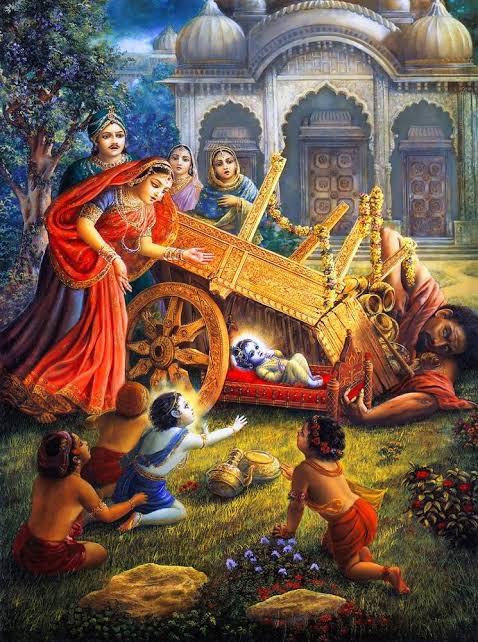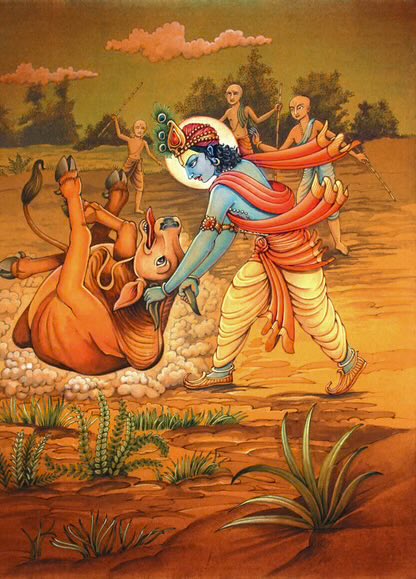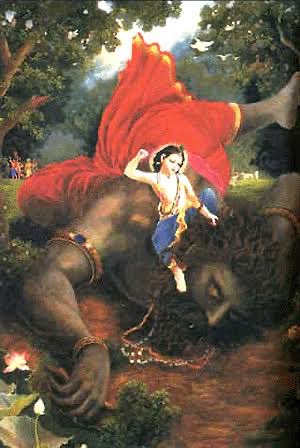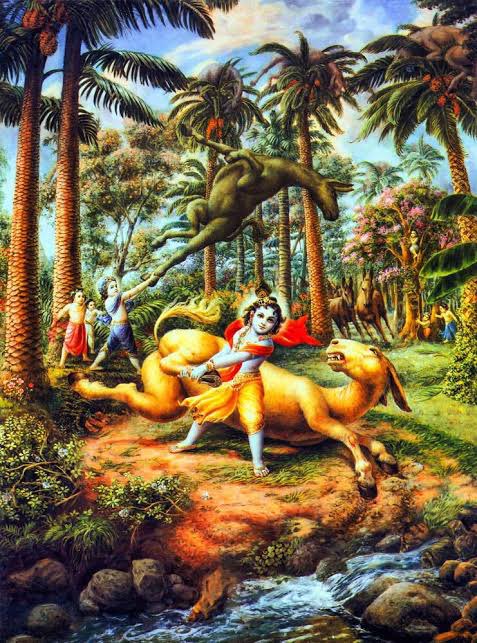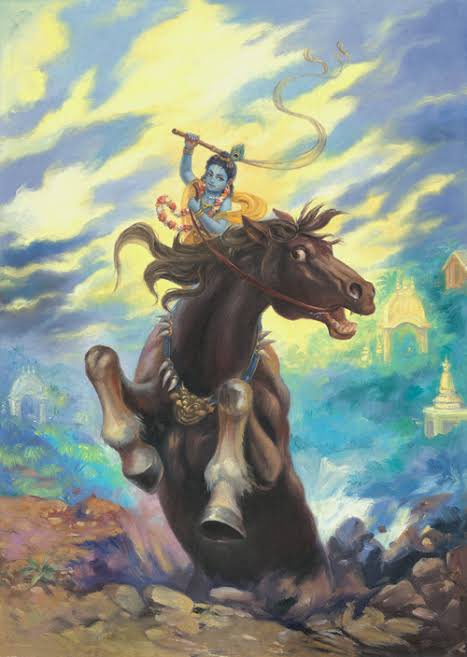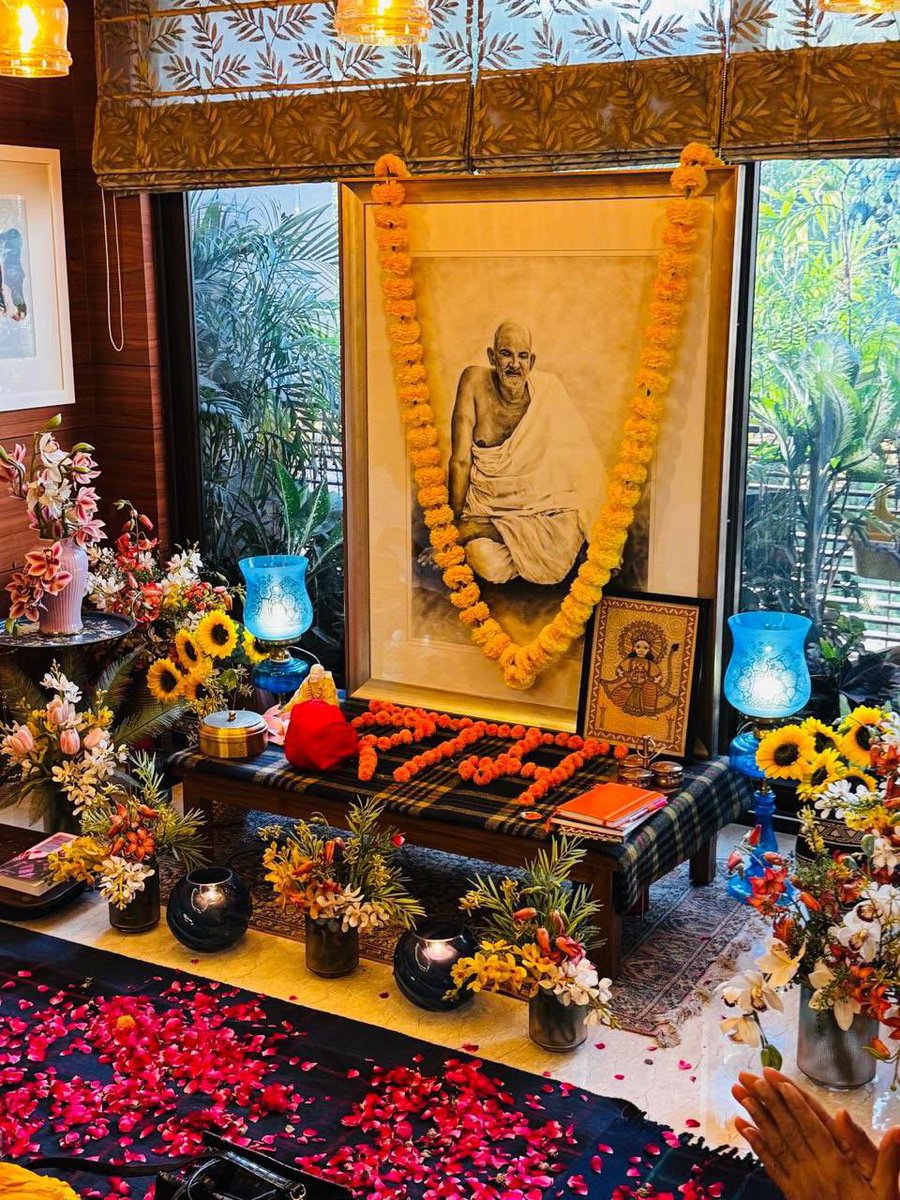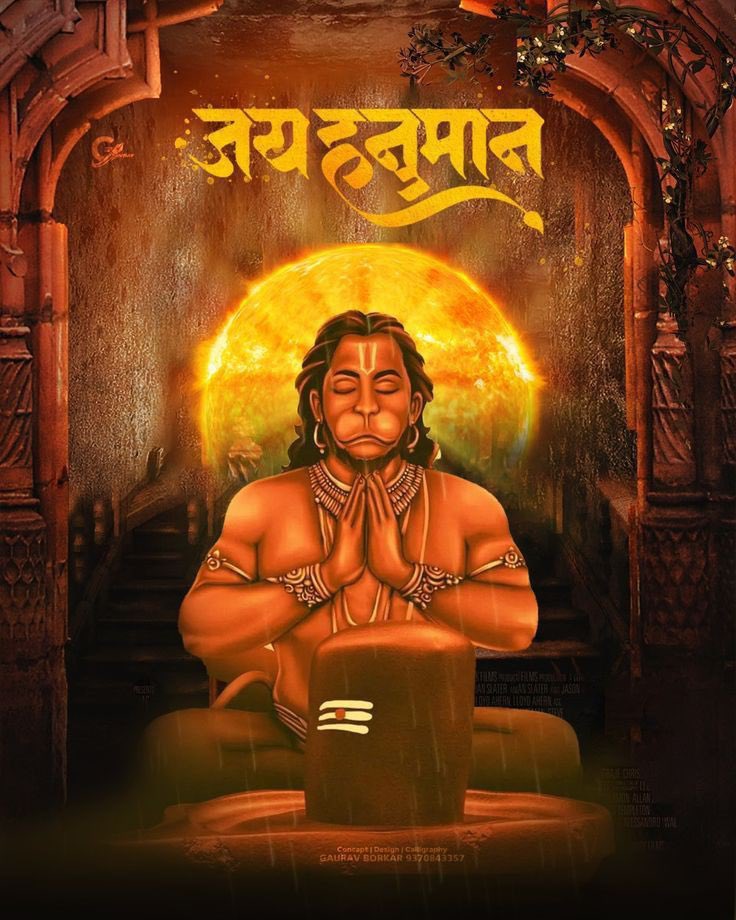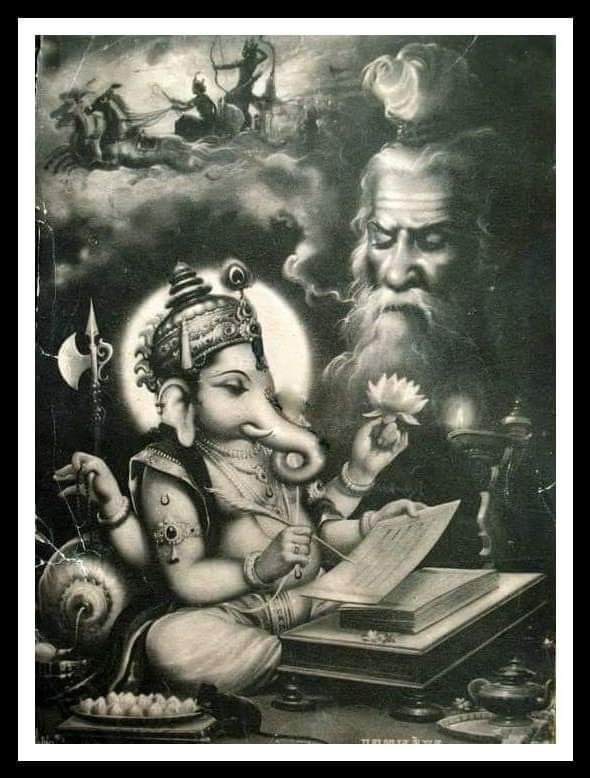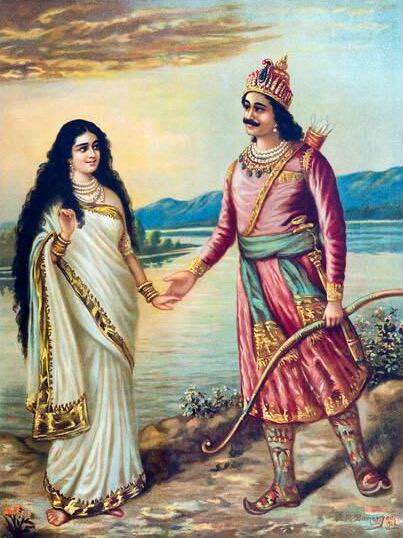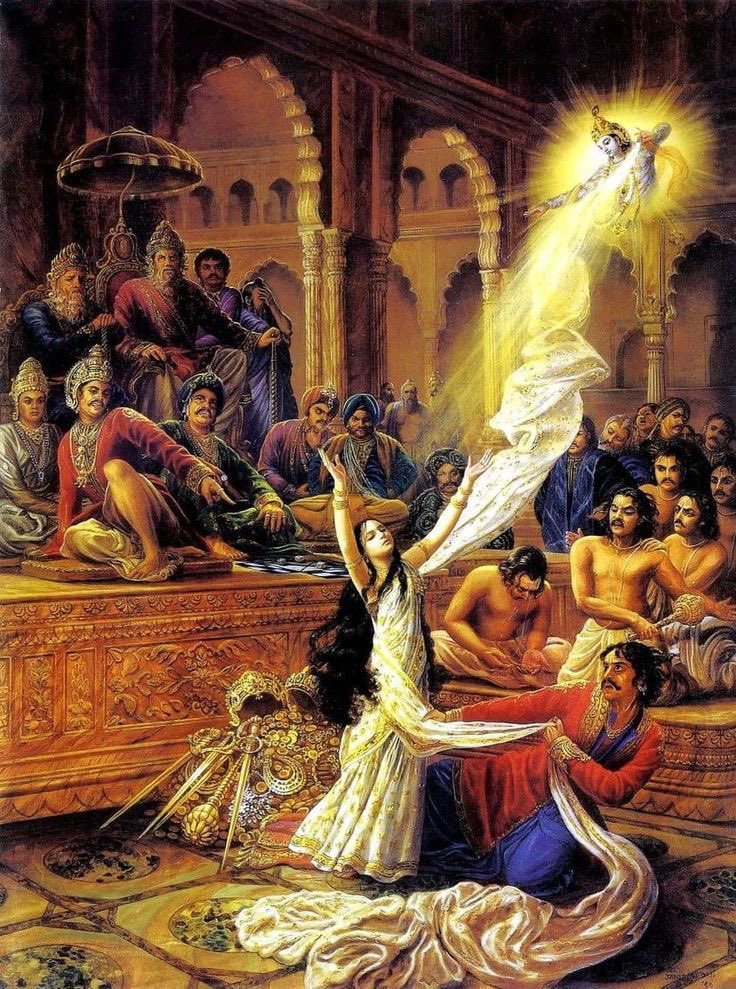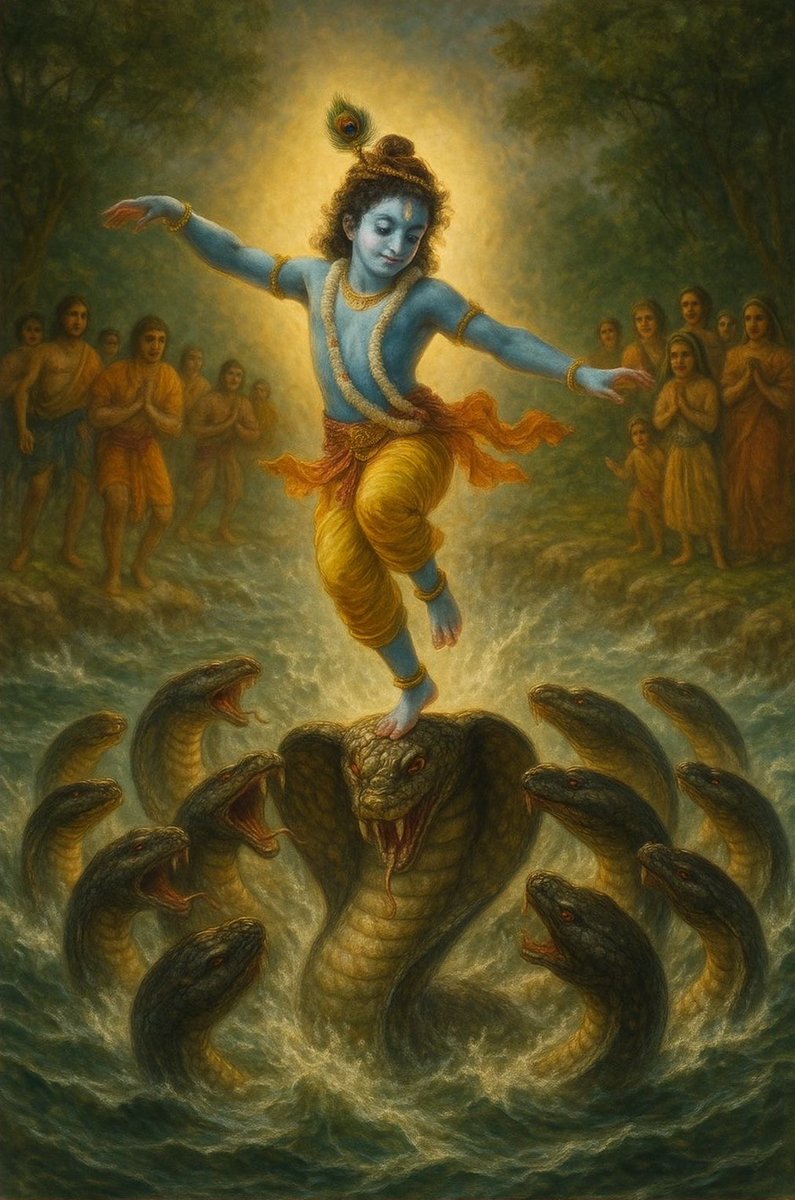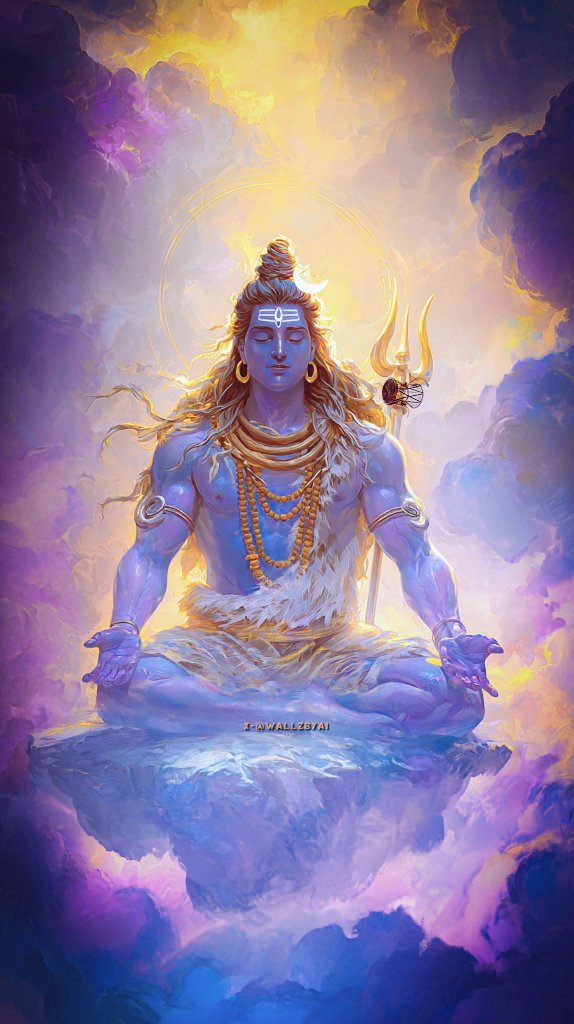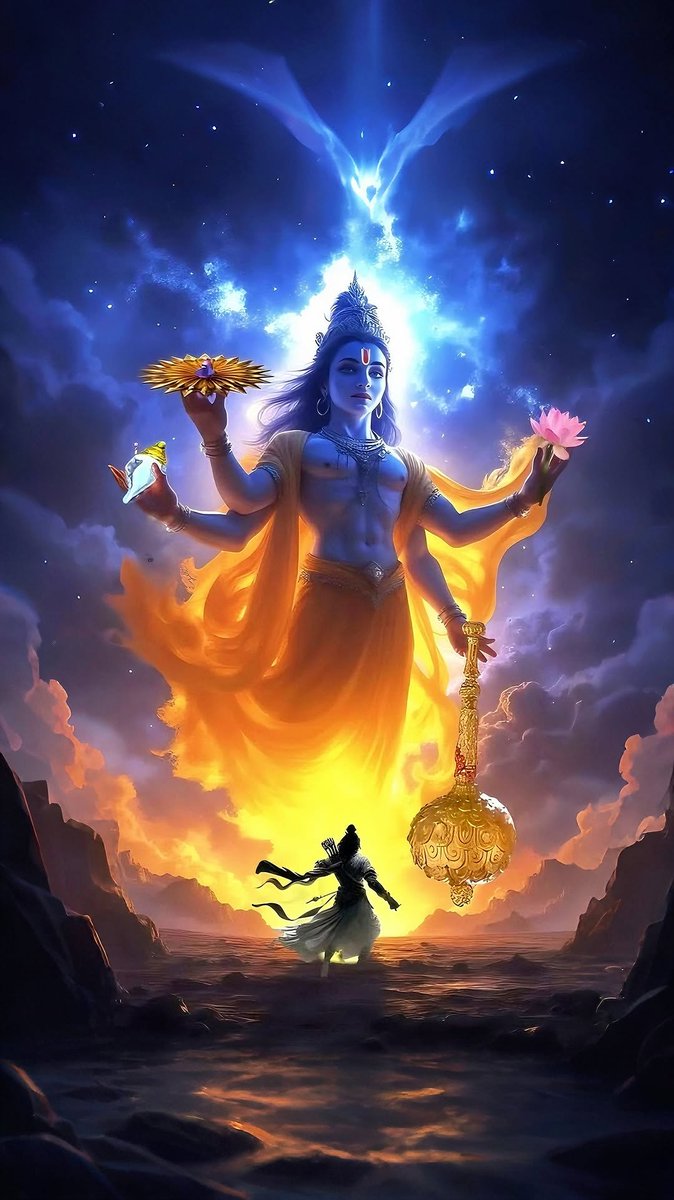List of demons killed by Shree Krishna:
1. Putana- Putana was a demoness appointed by Kansa, who had given her the task of killing babies.
1. Putana- Putana was a demoness appointed by Kansa, who had given her the task of killing babies.

5. Bakasura- He swallowed Krishna but could not continue to eat him as he was burnt by the divine and intense heat emanating from Krishan. 

9. Kaliya- Although not a demon, this huge snake was indeed a nightmare for the entire cowherd community. 

11. Vyomasura- Vyomasura, the bat demon, went in search of Lord Krishna to Vrindavan and hid inside the mountains. 

12. Kuvalayapeeda- This elephant demon was killed by Sri Krishna, when Sri Krishna enters the Mathura. 
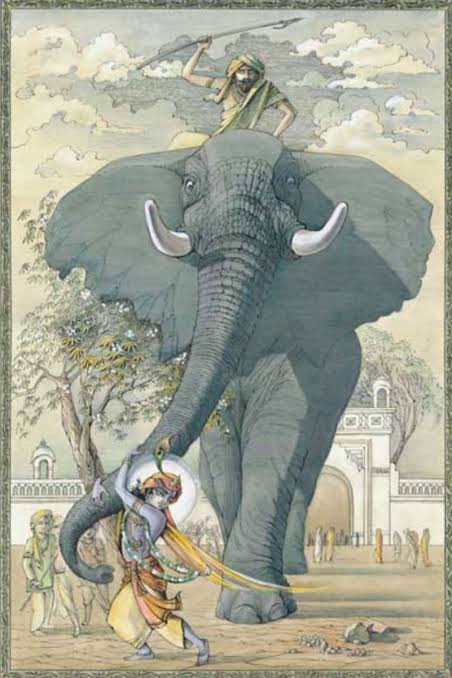
13. Bhaumasura (Narakasura)- Narakasura captured 16,100 wives of Lord Krishna but he was killed by Krishna. 
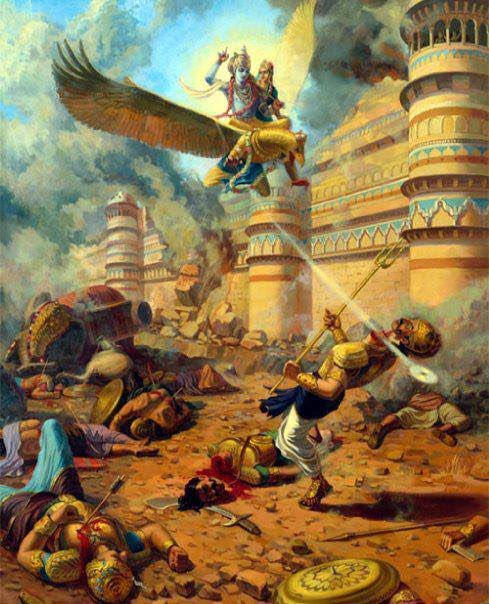
14. Banasura (Vanasura)- Banasura with his thousand mighty hands, tries to display his power against Lord Krishna. 
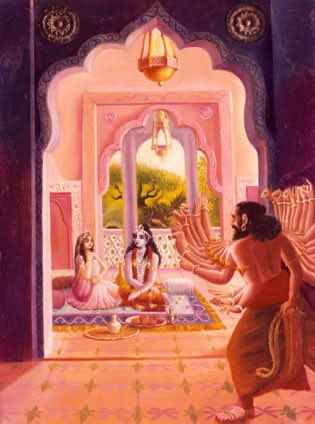
15. Paundraka- Paundraka was an imposter and had presumptuously believed that he was the original Lord Krishna. 
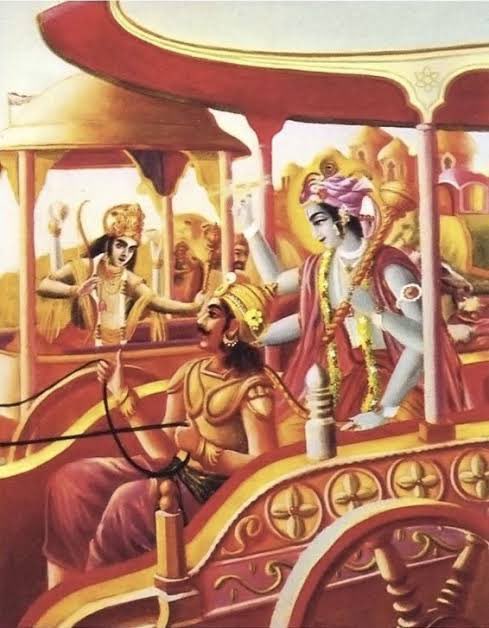
16. Shishupala- Shishupala hurled about a hundred abuses on Lord Krishna in a fully attended gathering of kings and courtiers. 
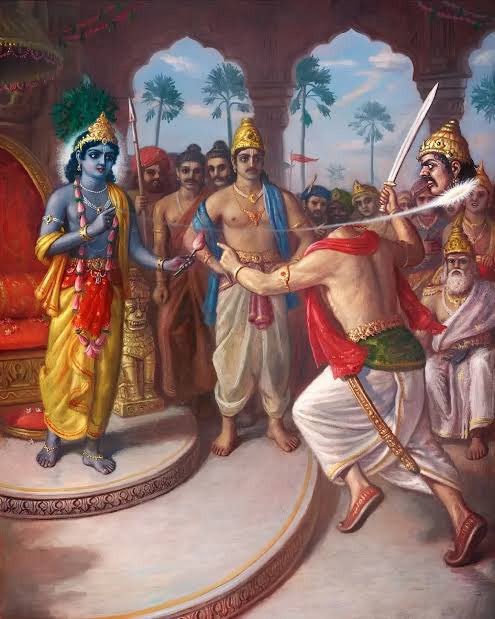
17. Chanoora- Chanoora was the bodyguard of Kamsa and the last straw of hope Kamsa against Lord Krishna. 
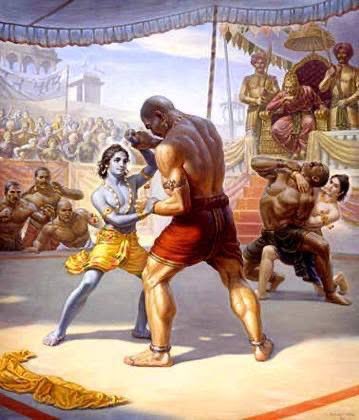
18. Kansa- All these demons, unfortunately, were sent by his maternal uncle Kansa in order to kill him. 

• • •
Missing some Tweet in this thread? You can try to
force a refresh

